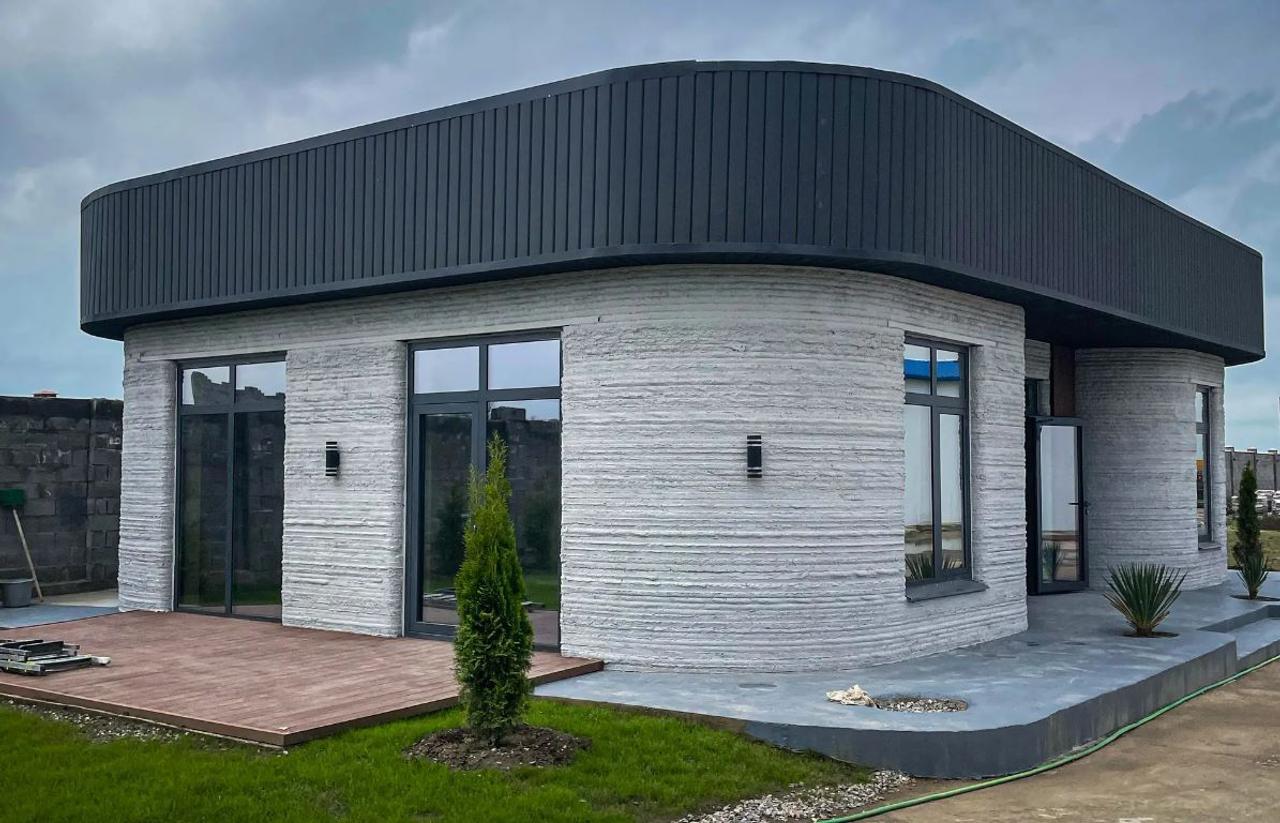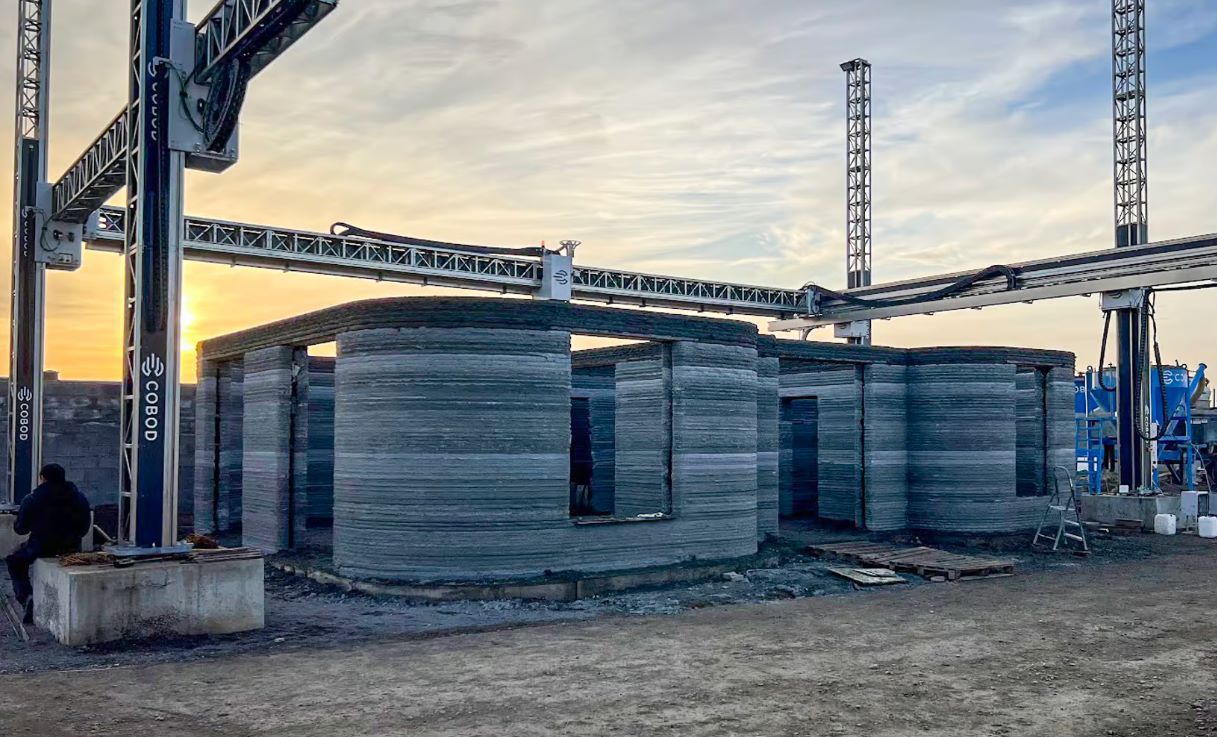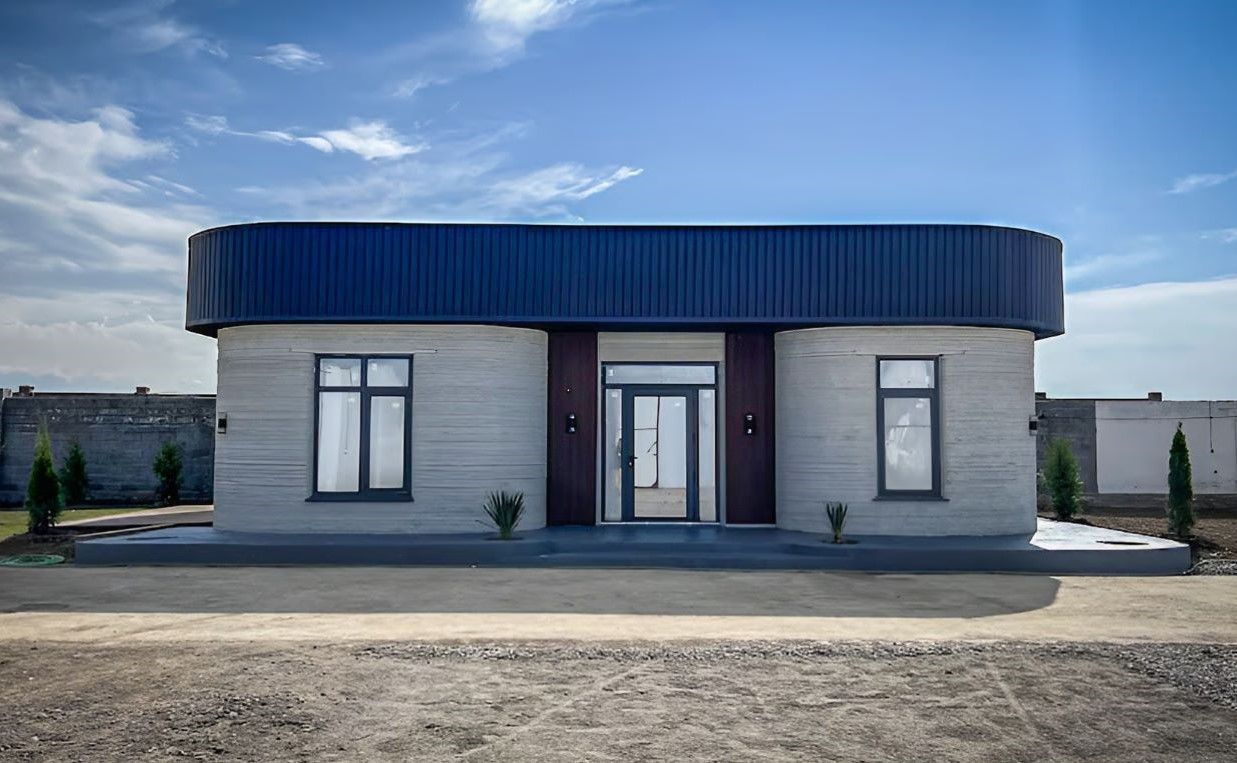
Strength of the future, 3D printer prints houses that can withstand earthquakes
BM Partners has created a house design specifically for Central Asia that can be printed on a 3D printer in just 5 days and can withstand an earthquake of 7 on the Richter scale. This was achieved by using ultra-strong concrete, which is typically used to build large structures such as skyscrapers and bridges.
The house, built in Almaty, Kazakhstan, has an area of 100 m2 and is designed to withstand the extreme temperature fluctuations in the region. Expanded polystyrene concrete is used as a heat insulator.
The innovative building was constructed using one of the BOD2 3D printer models from COBOD, which has already built Europe’s largest data center using this method.
Although houses have been built using 3D printing for several years, it is only recently that technology has advanced enough to make it a practical solution. This technology can revolutionize the construction industry by making housing more affordable. This is especially true in areas where traditional construction methods are too expensive.

For the main structure, BM Partners used a special high-strength concrete mix with a compressive strength of almost 60 MPa (8500 PSI). This is significantly higher than the pressure of 7-10 MPa typically found in conventional brick and stone used in Kazakhstan.
This mixture, made from local cement, sand and gravel, is enriched with the D.fab additive. COBOD International and Cemex developed this formula. This makes it possible to create individual concrete mixtures that meet the specific needs of different regions. Given the extreme climate of Kazakhstan, with temperatures ranging from -57 to +49 degrees Celsius, the building uses expanded polystyrene as wall insulation, which improves their thermal and acoustic performance.
When the walls were completed, human builders came to add windows, doors, and everything else needed, including furniture. The cost of a house was approximately USD 21,800, which is significantly cheaper than the national average.

“This project once again demonstrates that 3D printed buildings are durable, even when built in areas with high seismic risk. We are proud to have developed a solution that allowed BM Partners to fully complete this project in just two months, using ultra-strong 3D printed concrete made from locally sourced materials,” said Henrik Lund-Nielsen, founder and CEO of COBOD International.

